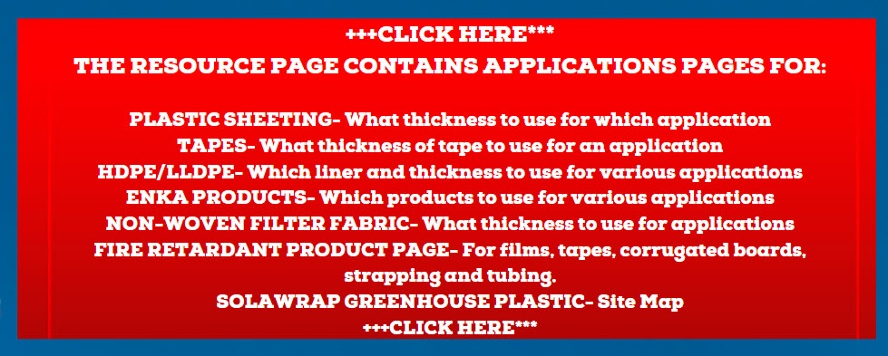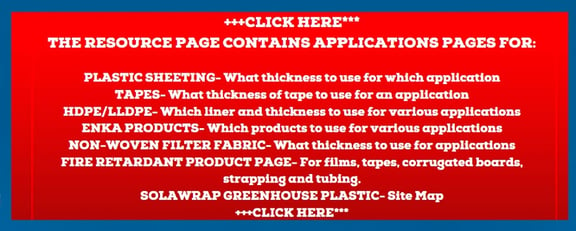20 Mil reinforced plastic sheeting is a heavy duty high strength polyethylene film that is very resistant to tearing and overall damage. 20 mil reinforced polyethylene film, also known as RPE film, is a type of plastic film that is commonly used in a variety of industrial and construction applications, crawl space lining and encapsulation, aquaponics and anywhere a tough yet affordable poly film is required.
One of the most common uses for RPE film is as a vapor barrier in construction. When building a structure, it is important to prevent moisture from penetrating the walls and causing damage. RPE film is often used as a barrier between the foundation and the framing of a building to prevent moisture from entering the structure. The film is also used to seal the joints between walls and floors to prevent air and water infiltration.
Another common use for RPE film is as a liner in pond and lake construction. The film is used to create a barrier between the water and the soil to prevent leaks and seepage. RPE film is also used in the construction of landfills and waste containment areas to prevent the migration of liquids and gases.
Overall, 20 mil reinforced polyethylene film is a versatile and durable material that is used in a wide variety of applications to provide protection and moisture control. Its strength and durability make it ideal for use in construction, agriculture, and industry. The reinforcement in the film makes it a great barrier for containing liquids and gases, protecting the environment and the equipment.
Below is an example of a 20 mil RPE film:
Ultra Scrim SR 20 WW is a 3-ply extrusion laminate combining two layers of linear, low density polyethylene and a high-strength cord grid. It compares to a 20 mil string reinforced poly. It is specifically engineered to provide high strength and durability in a lightweight material.
Multiple layers and cord reinforcement resists tears.
Grommets, tie-downs, hems, zippers, drains, and 3-D custom shapes available.
Flexibility and light weight allow for easy handling and quick installation
Contains UV stabilization
Chemically resistant to withstand exposure
Low permeability greatly inhibits moisture transmission.
Cold-crack resistance eliminates failures in extremely cold temperatures.
rough reuse and fewer replacements.
Class A, ASTM E-1745 Standard Specifications for water vapor retarders used in contact with soil or granular fill under concrete slabs.
COLORS: White
Custom sizes up to 100’ x 200’ and custom fabrication are available to meet your exact
USABLE TEMPERATURE RANGE: Minimum: -40ºF -40ºC Maximum: 170ºF 77ºC







